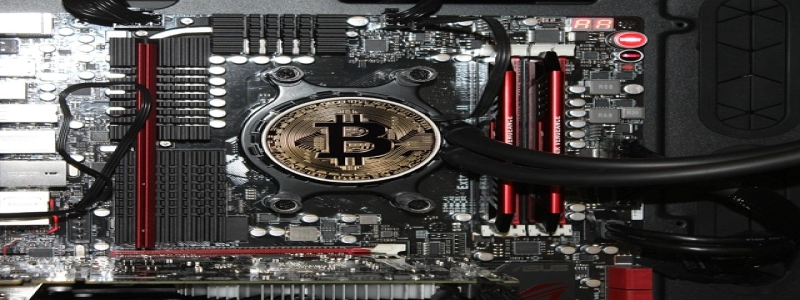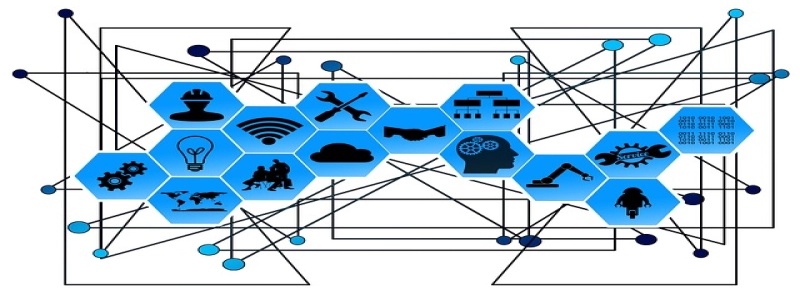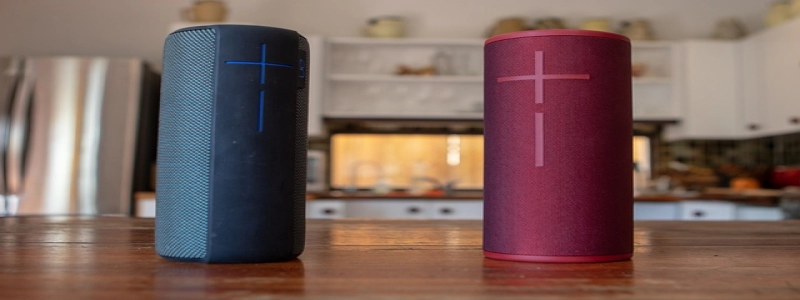Sealed Ethernet Connector
Introduction:
The sealed Ethernet connector is a crucial component in networking systems that ensures reliable and secure data transmission in various demanding environments. With its advanced design and robust construction, this connector offers enhanced protection against dust, water, and other environmental factors, making it suitable for a wide range of applications.
I. What is a Sealed Ethernet Connector?
A. Definition and Purpose:
A sealed Ethernet connector, also known as an IP67 Ethernet connector, is a specialized connector designed to provide a sealed and secure connection in Ethernet networks. It is primarily used in situations where standard connectors may be exposed to harsh environmental conditions that could potentially damage the network connection.
II. Key Features and Benefits:
A. Sealing Capability:
The primary feature of a sealed Ethernet connector is its ability to provide a tight and secure seal. This prevents the ingress of dust, water, and other potentially damaging elements, ensuring the integrity of the network connection even in challenging environments.
B. Durability:
Sealed Ethernet connectors are built with durable materials such as robust housing and sealing gaskets, making them highly resistant to impact, vibrations, and extreme temperatures. This durability ensures long-term reliability and reduces the need for frequent maintenance or replacement.
C. Wide Application Range:
Due to their superior sealing capabilities and durability, sealed Ethernet connectors find applications in various industries and sectors. They are commonly used in outdoor installations, industrial automation, transportation systems, and military equipment, among others.
III. How Does a Sealed Ethernet Connector Work?
A. Design and Construction:
Sealed Ethernet connectors feature a rugged design with precision-machined components that ensure a secure fit. The connector’s housing is typically made of corrosion-resistant materials, such as stainless steel or high-grade plastics, which provide protection against environmental elements.
B. Sealing Mechanism:
The sealing mechanism of a sealed Ethernet connector involves the use of gaskets and seals. These are strategically placed to prevent the ingress of dust, water, and other contaminants. The connector’s mating interface is designed to form a tight seal when connected, further enhancing the protection provided.
IV. Considerations for Choosing a Sealed Ethernet Connector:
When selecting a sealed Ethernet connector for a specific application, several factors need to be considered.
A. IP Rating:
The IP (Ingress Protection) rating specifies the level of protection against dust and water. Different environments require different IP ratings, so it is essential to choose a connector that meets the specific requirements of the application.
B. Connector Type:
Sealed Ethernet connectors are available in various types, such as RJ45, M12, and M8, each with their specific advantages and compatibility. The selection should be based on the network equipment and application requirements.
C. Operating Temperature Range:
The operating temperature range of the sealed Ethernet connector should align with the environmental conditions it will be exposed to. Extreme temperature fluctuations can affect the connector’s performance and lifespan.
Conclusion:
The sealed Ethernet connector plays a vital role in ensuring reliable and secure network connections in demanding environments. Its sealing capabilities, durability, and wide application range make it an ideal choice for industries where regular Ethernet connectors may not withstand harsh conditions. When selecting a sealed Ethernet connector, considering factors such as IP rating, connector type, and operating temperature range is essential to ensure optimal performance and longevity.








